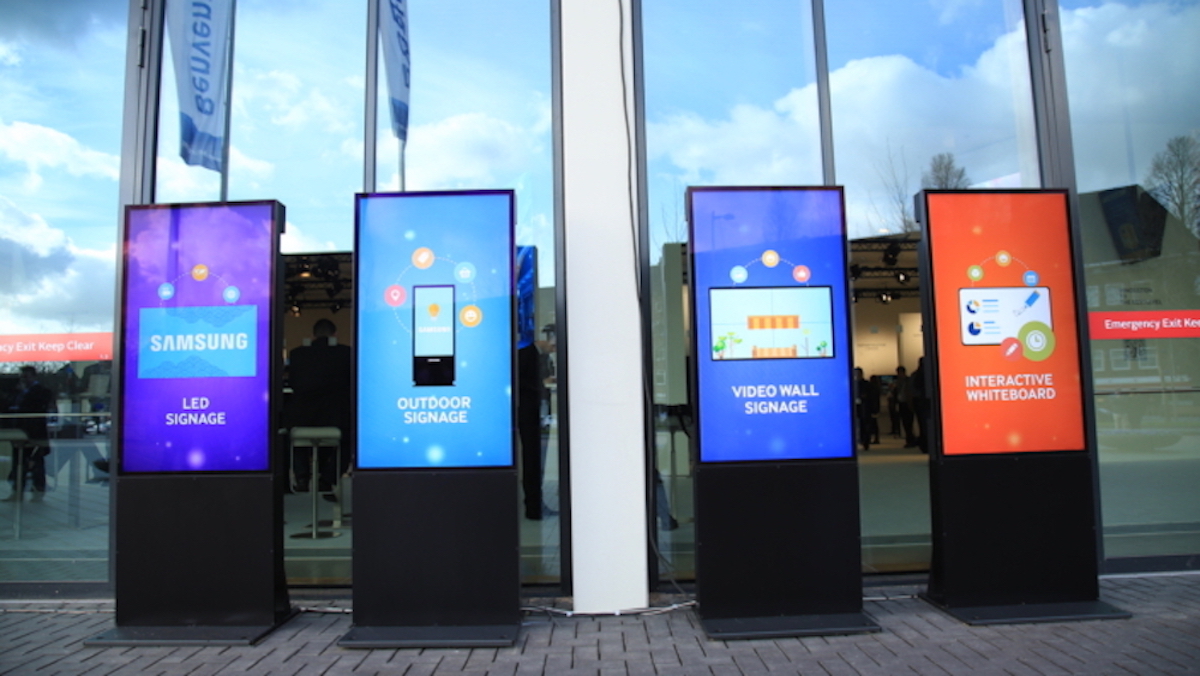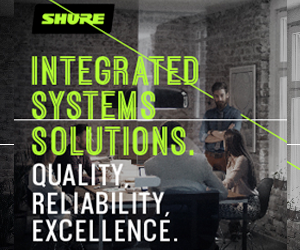How EdTech can Thrive in Virtual and Hybrid Learning
Classroom audiovisual (AV) is one of these areas where the technology is rapidly developing to make education better for teachers and students alike as we prepare for a fall full of virtual and hybrid learning. With traditional classroom tools, teachers were often only able to engage one of those two senses. Technology continues to improve and is making great headway in creating a dynamic classroom that better supports learning.
What are early childhood, K-12, and higher education institution’s most pressing needs?
In all areas of education, teachers need audiovisual equipment that is going to improve the way they present lessons to their students. Their laptops and other technology should be able to sync directly to a large screen as well as more easily integrate with grading and assessment platforms. This simple move would allow them to minimize the amount of planning time they need to take.
Additionally, as the varied needs around virtual and hybrid classrooms grow, educators need AV tools to help them encourage engagement and collaboration on various projects. When the technology is simple to use, students are more apt to participate.
How can edtech companies meet these needs?
They can begin by developing interactive whiteboards with better software, graphics, and handwriting capabilities. However, companies need to keep in mind that all of this AV technology must be user-friendly. Teachers don’t have much time to sit around while attempting to get the technology to work during a lesson.
What are innovative ways you can integrate technology into your classroom?
If your classroom needs more audiovisual technology, here are just a few items you may want to consider.
- Integrate classroom activities with polling technology. This is a favorite option for college professors, who can have students log in via video conference using tablets and use polling technology for greater interactivity and engagement during virtual lessons.
- Embrace cloud computing: By allowing students to drop their assignment from the cloud so that you can streamline the classwork and homework process.
- Interactive displays with multitouch and whiteboard capabilities can promote advanced collaboration between students and teachers. If classes are in-person, projectors allow educators to vividly present content with the right brightness and image quality from a safe distance.
- Using external webcams and headsets with microphones can foster better interactions in absence of in-person contact. An easy to use external webcam lets students show themselves and their work during synchronous learning. Meanwhile, headsets with microphones can help students stay focused and ensure their voices are heard, leading to increased participation and overall student confidence.
About Author
Related Posts
Popular
-

-
 The 17 Most Misunderstood Facts About AV Over IPJanuary 25, 2021 1
The 17 Most Misunderstood Facts About AV Over IPJanuary 25, 2021 1 -
 12 Interesting Statistics About Digital SignageJune 3, 2020 0
12 Interesting Statistics About Digital SignageJune 3, 2020 0 -
 9 Dos and Don'ts for Videoconferencing SecurityJune 29, 2020 0
9 Dos and Don'ts for Videoconferencing SecurityJune 29, 2020 0 -
 Does Your Podcast Pass the Twitter Test?October 27, 2020 0
Does Your Podcast Pass the Twitter Test?October 27, 2020 0



Leave A Reply